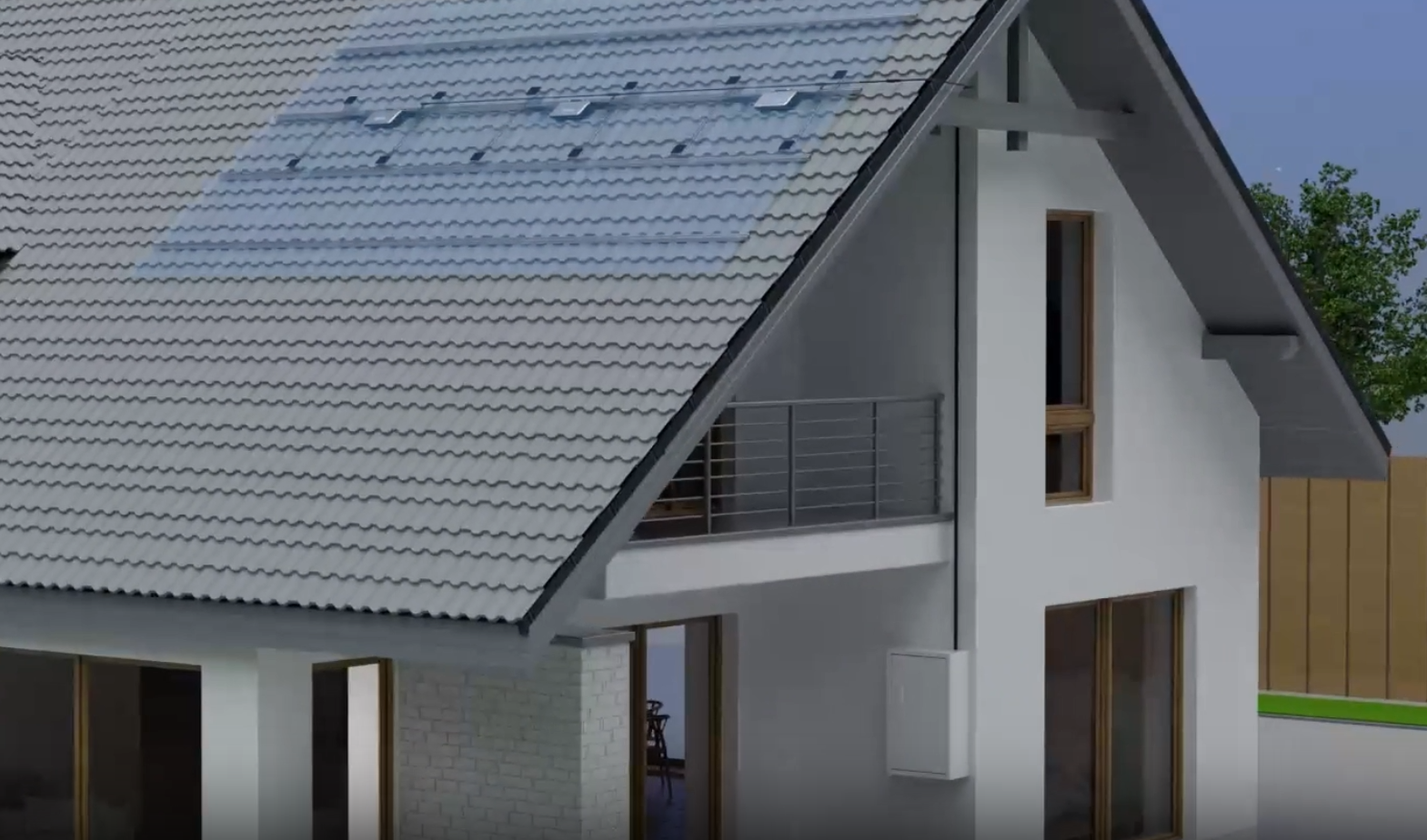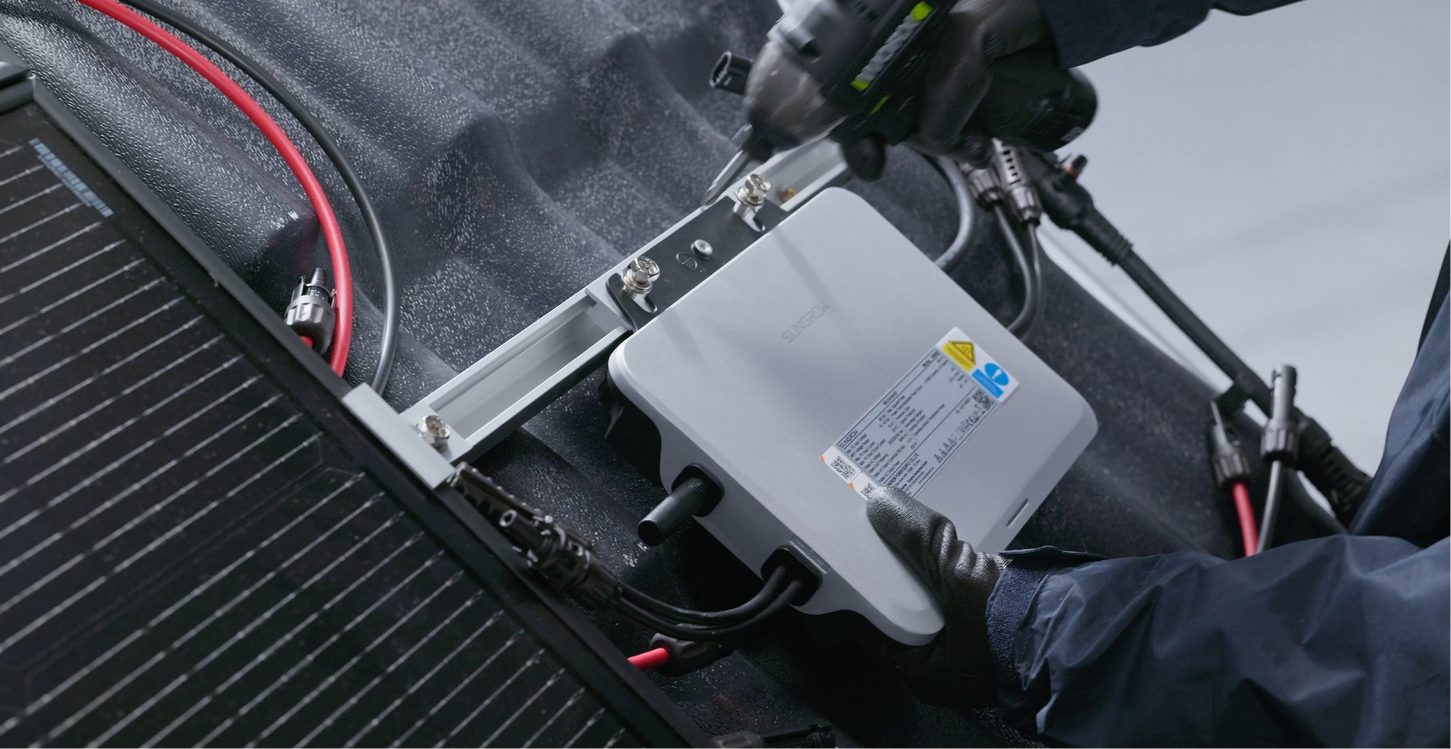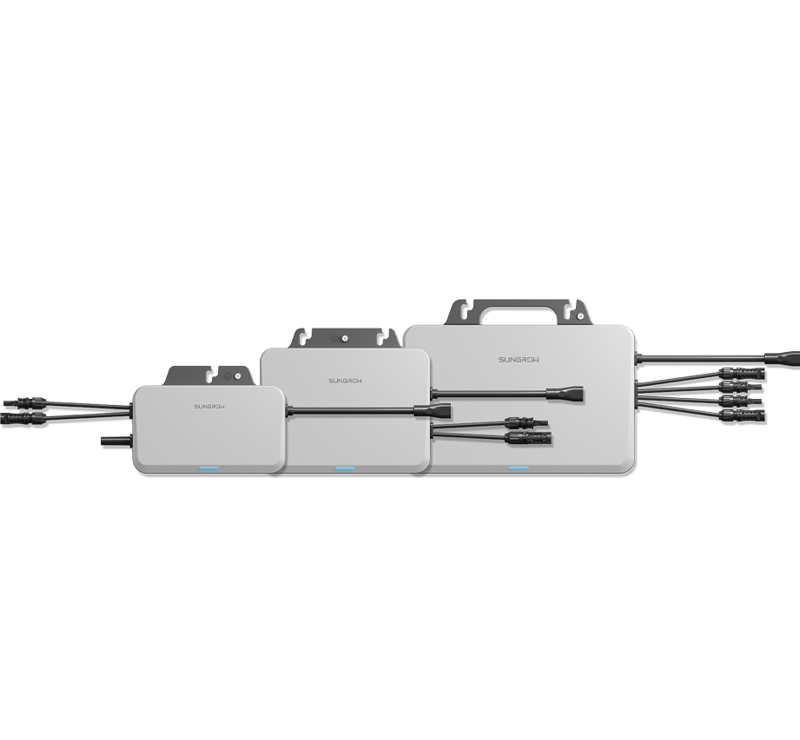As solar energy adoption continues to grow, optimizing efficiency and reliability has become a priority for homeowners and businesses. One of the most significant advancements in solar technology is the microinverter, which offers notable benefits over traditional inverter systems. Unlike conventional string inverters, microinverters work at the individual panel level, improving energy harvest, enhancing safety, and increasing system resilience. This guide explores the key aspects of microinverters, including their function, advantages, and comparisons with other technologies.

What is a Microinverter and How Does it Work?
A microinverter is a small, independent inverter installed on each solar panel (or a small group of panels). Its primary function is to convert the direct current (DC) power generated by solar panels into alternating current (AC), which can be used by household appliances or fed into the electrical grid.
Unlike string inverters, which handle multiple panels at once, microinverters work on a panel-by-panel basis. This ensures that the performance of one panel does not impact the others, leading to higher efficiency and system reliability. This means that if one panel experiences shading, dirt accumulation, or a malfunction, the rest of the system remains unaffected.
Microinverters have transformed solar energy systems by offering greater flexibility and scalability. Their ability to maximize power generation from each panel makes them ideal for residential and commercial solar installations, especially in areas with shading, complex roof structures, or varying sun exposure.
Advantages of Microinverters
Microinverters offer a range of advantages that improve the efficiency, safety, and scalability of solar energy systems. By optimizing each panel’s performance, they help maximize overall energy output and system reliability.
1. Enhanced Efficiency
Microinverters ensure that each panel operates at its peak performance, maximizing energy output. Unlike string inverters, they prevent energy losses caused by voltage mismatches or shading. Additionally, they often come with advanced monitoring systems that allow real-time tracking of individual panel performance.
2. Increased Safety
Microinverters operate at a lower DC voltage than string inverters, reducing the risk of electrical hazards, such as arc faults or fire risks.
3. Scalability and Flexibility
Adding more panels to a solar system is simpler with microinverters since they function independently. This makes microinverters ideal for homeowners planning future system expansions.
4. Real-Time Monitoring and Maintenance
Microinverters often include panel-level monitoring, enabling users to identify issues with individual panels rather than troubleshooting the entire system.
5. Long-Term Reliability and Minimal Maintenance
Since microinverters distribute the workload across multiple units instead of relying on a single central inverter, system failures are less frequent. Many microinverter manufacturers offer warranties of up to 25 years, demonstrating their long-term reliability.

Which is Better: Solar Microinverters vs Optimizers
Both microinverters and power optimizers are considered "module-level power electronics" (MLPE), but they work differently:
Also, they have different use cases:
Microinverters are generally more suitable for smaller solar projects (e.g., a few kW).
Power optimizers are a cost-effective solution for larger solar installations, where a centralized inverter can still be beneficial.
While microinverters and optimizers differ in their configurations, both technologies can improve system performance in cases of shading, complex roof layouts, or the need for panel-level monitoring.
Why Use Microinverters vs String Inverter?
Limitations of String Inverters
Single-Point Failure Risk: If a string inverter fails, the entire solar system stops producing power.
Performance Loss from Shading: A single underperforming panel reduces the output of the entire string.
Benefits of Microinverters Over String Inverters
Higher Energy Yield: Each panel produces its maximum power output without affecting the system.
Improved Monitoring: Users can identify and fix underperforming panels without impacting the rest of the system.
Flexibility: Easily expandable without requiring a major system overhaul.
Choosing the Right Option
For homeowners seeking higher efficiency, better monitoring, and greater reliability, microinverters are often the better choice despite their slightly higher upfront cost.
How to Evaluate Microinverters?
Efficiency and Performance Metrics: Look for a high DC-to-AC conversion efficiency (typically above 95%).
Compatibility: Ensure the microinverter is compatible with your solar panel brand and model.
Reliability and Warranty: Opt for trusted brands offering warranties of 20+ years.
Monitoring Features: Advanced models provide real-time performance tracking and diagnostics.

Sungrow Microinverters: A Smart Choice
Sungrow, a leading solar technology company, offers high-quality microinverters with superior efficiency, reliability, and monitoring capabilities. Sungrow’s S450S/S800S/S1600S microinverter is designed for high energy yield, safety, and ease of use. Its advanced rear-side heat dissipation prevents overheating, ensuring long-term performance. With smart detection technology, it can quickly identify installation issues, allowing for efficient troubleshooting and real-time performance tracking.
Installation is simplified with pre-installed DC MC4 terminals and AC busbar clamp terminals, along with optimally designed cable lengths. The system eliminates high-voltage DC risks, meeting global safety standards, and features IP67 & C5-rated protection for durability in harsh environments. Additionally, the one-click network setup and multi-microinverter configuration capabilities streamline the installation process, allowing users to easily connect multiple microinverters simultaneously. This makes it a reliable and user-friendly choice for residential and commercial solar installations.
How to Install Microinverter
Installing a microinverter correctly is crucial for ensuring optimal performance and longevity of your solar power system. This section provides a step-by-step guide to help you set up the Sungrow S450S/S800S/S1600S microinverter.
1. Preparation Before Installation
Proper preparation ensures a smooth installation process. Choose a well-ventilated location, free from flammable materials, and protected from direct sunlight, rain, and snow. The site should be inaccessible to children and unauthorized personnel. Gather essential tools such as wire cutters, screwdrivers, a multimeter, crimping pliers, and wrenches. Before proceeding, inspect the microinverter for any visible damage.
2. Mechanical Installation
Secure the mounting bracket with M8 screws and washers, ensuring the inverter is firmly attached and positioned away from the edges of the support structure. Proper positioning prevents unnecessary strain on the unit and enhances longevity.
3. Electrical Connection
Begin by connecting the external grounding cable using an M4 screw tightened to 1.5 N·m, ensuring a secure protective ground connection. Then, connect the DC connectors, making sure at least one PV module is connected to PV1 with the correct polarity. Next, strip the AC cable’s insulation layer, crimp the terminal, and insert the L (Live), N (Neutral), and PE (Protective Earth) wires into the appropriate slots of the AC male connector, securing the waterproof cap. Finally, connect the AC output of the microinverter to the AC trunk cable and properly seal the T-type AC trunk connector to protect against environmental exposure.
4. Commissioning the System
Before starting the system, verify that all connections are secure, the AC circuit breaker is OFF, and grounding is properly completed. Once confirmed, turn on the circuit breaker, download the iSolarCloud App, and configure network settings. When the LED indicator turns blue, the system is successfully generating power. For detailed guidance, refer to the official installation manual and consult local engineers if needed.
Conclusion
Microinverters have revolutionized the solar industry by enhancing energy efficiency, improving system reliability, and providing real-time performance monitoring. While they require a slightly higher initial investment, their long-term benefits, scalability, and safety features make them a preferred choice for many solar power users.
For those considering microinverters, Sungrow’s advanced microinverter solutions offer cutting-edge technology and reliability, making them an excellent choice for residential and commercial solar installations.